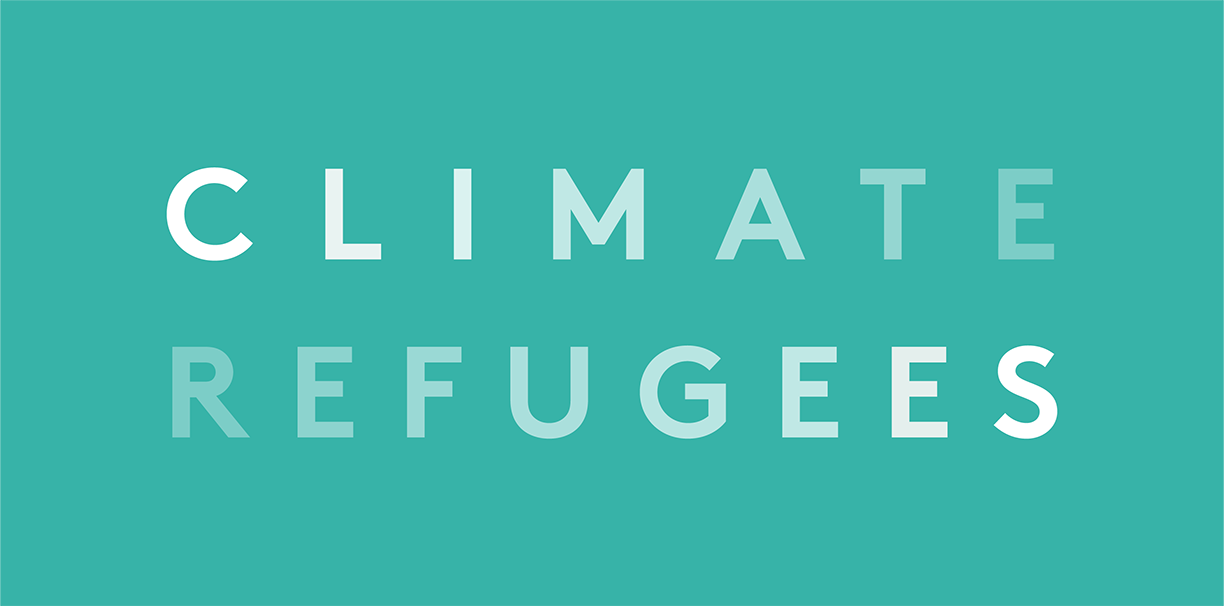As climate disasters increase, so too does the cost associated with them. A new UN report on disaster risk reduction shows that disaster events across the world have steadily increased over the past few decades and they are only predicted to grow in regularity, to the point where we will soon be facing 1.5 disasters each day across the world.
The average number of disaster events per year between 1980 and 1999 was 200, and in 2015 there were 400. By 2030, the number of disasters may balloon to upwards of 560 per year and the average trends suggest a 30% increase from 2000 to 2030.
The average annual global economic loss from disasters in the 2010s was $170 billion, which was more than double the $81 billion per year from 1980-1999. Around the world, authorities have been slow to react which has cost tens of billions of dollars. “Optimism, underestimation and invincibility” are the primary causes for our general broken perception of risk which has led to “policy, finance and development decisions” that are not only unhelpful but actually exacerbate disasters.
When Losses Go Unrecovered
Disaster insurance for farmers is a perfect encapsulation of this so-called “underestimation” of climate change. A particularly troubling fact is that just 40% of disaster-related losses have been covered globally since 1980 and just 10%, but sometimes none, in developing nations.
In the United States, even with the low percentage of payouts, insurance payments to farmers have more than tripled over the last 25 years. About 60% of those payments have come from taxpayer subsidies so as insurance payouts grow, so will the burden on every taxpayer. Payments for flood damage have grown by 300% and drought by 400%.
The exorbitant amount of money spent on farm insurance is a symptom of the underestimation of risk and the general hubris that the UN warned about. While there are some minimum conservation standards for farmers to be eligible for federal crop insurance, they need to be much more ambitious to deal with the disasters we are already facing and to prepare our agricultural systems for the climate disasters to come.
California
The wineries of Napa Valley California have been hit particularly hard by climate change and by the insurance industry's reaction to the crisis. Wildfires regularly rip through the region and droughts are now a staple of the California climate. Even when the wildfires don’t make it to the wineries, the smoke reaches them and negatively affects the red grapes which has spurred a massive loss of profits, from $829 million worth of red grapes in 2019 to $384 million in 2020. While their profits are suffering, insurance rates are skyrocketing yet payouts are not commensurate with the elevated premiums.
Central America
In November 2020, twin hurricanes Eta and Iota struck the same region in Central America just two weeks apart. The Dry Corridor, the farming and economic backbone of Central America was hit particularly hard, marking already impoverished lives of marginalized Indigenous and Afro-Caribbean populations who had been suffering consecutive droughts that much harder. The subsistence farmers of the Dry Corridor do not have personal insurance to indemnify losses against climate change and climate variability. So when slow onset and sudden onset climate events intensify, as they’ve been long warned by global risk indices to do in this region, it is the poorest and most marginalized that suffer.
Realizing this trend is not sustainable for Central American farmers, and that with little to no insurance coverage, one disaster can be totally devastating, the World Food Programme has begun a program to cover Indigenous and local farmers with small payouts in case of excessive rain or drought. In Guatemala, a developing country with little insurance coverage, farmers are at high risk of losing their livelihoods at a moment's notice. When small impoverished farmers in countries like Guatemala get hit by climate disasters, it is not just their long term economic security that is at risk but the very next meal expected on the table. These types of insurance programs are vital for the survival of agricultural communities in developing countries, and they are few and far between.




